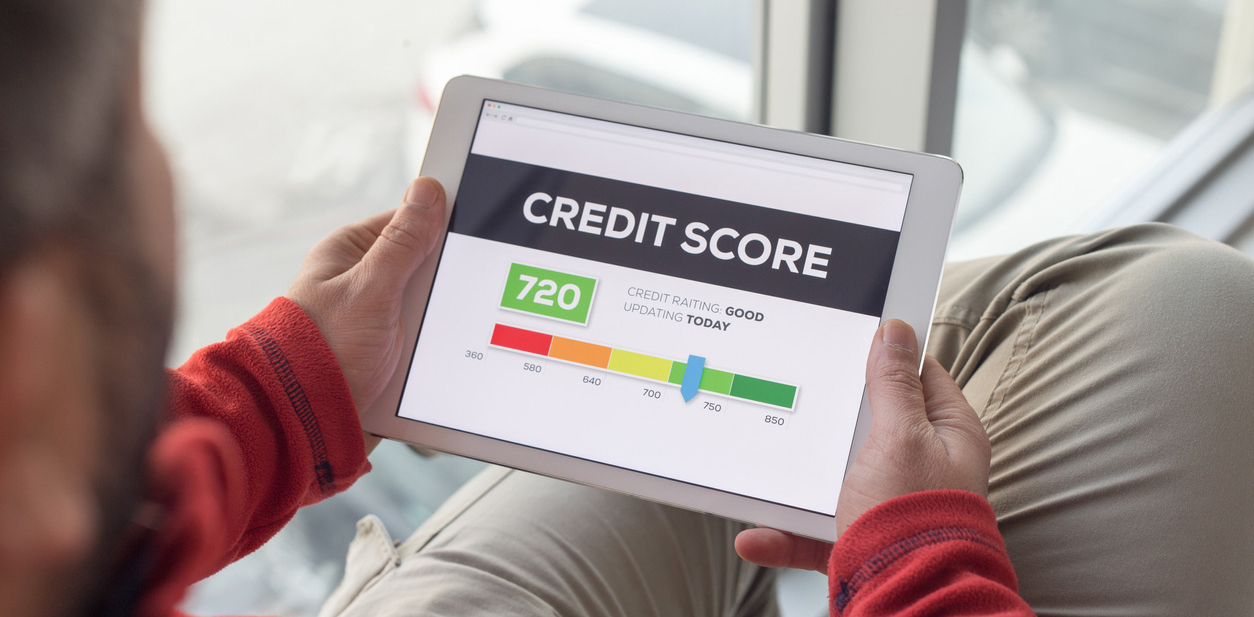No pressure: Buying a car is one of the biggest purchases you’ll ever make.
You’ve heard people say that cars represent freedom, right?
Well, that’s only partially true. In reality, if you spend too much on a car purchase, you might not be able to afford to go anywhere at all. And if you can’t afford to meet your other financial goals, like saving for retirement, you could end up paying for far more than you bargained for down the line.
That’s why asking the question “how much car can I afford?” is so important. Rather than just picking a number at random and heading to the dealership, deciding how much you can afford before you start shopping is wise. You’ll make sure to get the car you need at a purchase price you can afford, so you don’t have to worry about any other headaches in the future.
Common Rules of Thumb
There isn’t one set rule for how much car you can afford. It depends on your personal financial situation and comfort level. However, some personal finance insights offer some good know how and rough rules of thumb to guide to decision-making, especially for borrowers. Let’s explore them, and then provide a more accurate and guided approach below.
50% of Your Income Across All Vehicles
Debt-freedom and personal finance guru Dave Ramsey recommends that all of your vehicles combined should be worth no more than 50% of your take-home pay.
For a household earning $50,000, that means that all the vehicles combined shouldn’t be worth more than $25,000. Similarly, if your family earns $100,000 per year total, the total value of all of your vehicles shouldn’t be worth more than $50,000.
36% Debt-to-Income Ratio
The debt-to-income (DTI) ratio is a measure comparing how much money total you owe to how much you make. For budgeting purposes, many experts use a maximum DTI of 36%.
Auto loan lenders typically calculate DTI based on your gross income, not take-home pay. They also consider the applicant’s total cost of monthly payment debt amounts, including mortgage payments or rent, credit cards, personal loans, and other monthly debts reported on the credit bureau.
For example, if a household’s gross annual income is $100,000, that equates to $8,333 per month. If they have monthly mortgage payments of $1,500, credit card payments of $500, and student loan payments of $400, then:
- Total monthly debt payments: $2,400
- DTI ratio: $2,400/$8,333 = 29%
If they aim to keep the DTI under 36%, this leaves a remaining 7% (29% + 7% = 36%) for a monthly car payment. Thus, the auto loan budget allows for a monthly car payment of up to $583.31, irrespective of the loan term and interest rate.
(DTI) Debt-to-Income Ratio Calculator
Your debt-to-income ratio, or DTI, is a percentage that compares your monthly debt payments to your gross monthly income.
Many auto refinance lenders have a maximum DTI of around 50%. However, if you're applying for a mortgage, lenders prefer a DTI under 36%.
Payment-to-Income (PTI) Ratio
Another ratio auto loan lenders consider for a car loan is the Payment-to-Income (PTI) ratio, which is similar to the DTI ratio but focuses solely on the car payment. Using the same example above, with a monthly car payment of $583.31:
- PTI ratio: $583.31/$8,333 = 7%
Lenders typically want PTI ratios below 10%-20%. A higher credit score may allow a higher PTI ratio, and a lower PTI ratio for bad credit. But generally, it’s best to keep the PTI at or below 10%.
10% of Income
Another suggestion is to keep total car costs — including other car ownership expenses — to 10% of your income. This includes all expenses, not just the car payment. This is useful for budgeting purposes for car buyers, but keep in mind this covers all car-related expenses in addition to the price of the car, sales tax, and other purchase fees.
A Good Step-By-Step Approach
While rules of thumb can guide your thinking, it’s essential to consider your own financial situation. Here’s a step-by-step approach to determine how much car you can afford.
Step 1: Budget and Affordability
Make a list of your monthly take-home pay and expenses, including bills not paid monthly, such as car insurance and registration. After accounting for all your needs, see how much is left over. This amount represents how much you can allocate to car expenses.
Step 2: Ongoing Maintenance and Fees
Next, consider the monthly costs for car-related expenses, including:
- Gas
- License
- Parking
- Repairs
- Registration
- Auto insurance premiums
Subtract these from your remaining budget to determine how much is available for a bottom line car payment.
Step 3: Loan Options
Finally, use a car affordability calculator to explore loan options that fit within your car loan budget. Play around with variables like interest rate and loan term length to see what car price works for a given payment. Keep in mind, if you want to buy a more expensive car, regardless if its a new car or used car, a larger down payment or a trade-in with positive equity can increase your car buying power given the ratios above.
What Are People Actually Spending on Cars?
According to the U.S. Census Bureau’s American Community Survey, the median household income was $61,937 in 2018.
For a $61,937 household:
- 50% rule: $30,968.50 total car value
- 36% DTI rule: $22,297.32 in annual payments, allowing for a monthly car payment of $583.31, as per the DTI calculations
- 10% rule: $6,193.70 in annual car expenses
The average costs of different types of car purchases, according to a 2019 Experian survey, are:
- New car purchase: $32,797
- Used car purchase (dealership): $22,267
- Used car purchase (private party): $18,058
Final Thoughts
Always take the time to crunch the numbers before buying a car. Make sure your car buying decision is fact-based and fits within your budget. This way, you can enjoy your new vehicle for years to come, without being beholden to your car payment.
About The Author
Robert Janssen
Robert Janssen is the Vice President of Operations for Tresl, and has been working in the auto finance industry for 15 years. He recieved a B.A. in Economics from the University of Texas at Austin.
;)












